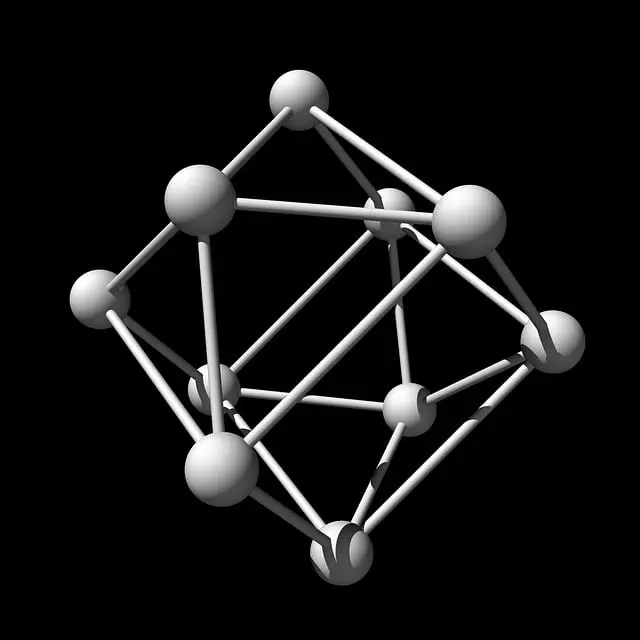Kratom, derived from Southeast Asian Mitragyna speciosa trees, is recognized for its dual benefits in muscle soreness alleviation and potential hair health improvements. Its key alkaloids, mitragynine and 7-hydroxymitragynine, may interact with opioid receptors to provide pain relief, which can be particularly beneficial for athletes or those experiencing delayed onset muscle soreness (DOMS). Preliminary studies and user testimonials suggest kratom's anti-inflammatory and analgesic effects support muscle recovery and regeneration, while also potentially promoting hair growth. The exact mechanisms behind its impact on hair health are still being researched but may relate to its influence on cellular growth and scalp health. It is crucial for individuals to consult healthcare providers before incorporating kratom into their regimen due to the need for personalized medical advice, especially when considering other health conditions or medications. For those interested in exploring kratom's benefits for muscle recovery or hair growth, it should be used responsibly and as part of a comprehensive wellness plan including proper nutrition, regular exercise, and stress management.
Exploring the multifaceted benefits of kratom, this article sheds light on its potential to alleviate muscle soreness post-exercise and its role in promoting hair growth. We delve into the mechanisms behind kratom’s analgesic properties, offering insights into how it can be seamlessly integrated into a fitness and wellness routine for optimal recovery and enhanced hair vitality. Join us as we unravel the science and provide practical guidance on harnessing kratom’s benefits safely and effectively.
- Unraveling the Role of Kratom in Mitigating Muscle Soreness and Promoting Recovery
- Exploring the Synergistic Effects of Kratom on Muscle Health and Hair Growth
- A Comprehensive Guide to Safely Incorporating Kratom into Your Fitness and Wellness Regimen for Optimal Soreness Relief and Enhanced Hair Vitality
Unraveling the Role of Kratom in Mitigating Muscle Soreness and Promoting Recovery
Kratom, a plant originating from Southeast Asia, has garnered attention for its diverse pharmacological properties, including its potential role in alleviating muscle soreness and expediting recovery. The alkaloids present in kratom leaves, such as mitragynine and 7-hydroxymitragynine, are believed to interact with the body’s opioid receptors, which can lead to pain relief effects. This interaction may be particularly beneficial for individuals experiencing delayed onset muscle soreness (DOMS) following intense physical activity or training. Emerging anecdotal evidence suggests that kratom supplementation could mitigate the severity of muscle soreness by modulating inflammatory responses and promoting homeostasis within the muscles.
Moreover, the anti-inflammatory and analgesic effects attributed to kratom may not only provide relief from muscle soreness but also contribute to overall muscle health and recovery. While the mechanisms underlying these effects are still under investigation, some preliminary studies and user experiences hint at the potential of kratom to support muscle regeneration and reduce fatigue post-exercise. Additionally, beyond its benefits for muscle soreness, there is a growing interest in the impact of kratom on hair health, with some users reporting improvements in hair growth and vitality after regular intake. This suggests that kratom might have broader applications in promoting overall well-being, which could extend to physical rejuvenation beyond just muscle recovery. However, it is crucial for individuals considering the use of kratom for any health purpose, including muscle soreness relief or hair growth promotion, to consult healthcare professionals and consider the potential risks and side effects associated with its use.
Exploring the Synergistic Effects of Kratom on Muscle Health and Hair Growth
Kratom, a plant originating from Southeast Asia, has garnered attention for its diverse pharmacological properties, notably in the realms of muscle health and hair growth. In the context of muscle health, kratom’s alkaloids, such as mitragynine and 7-hydroxymitragynine, are believed to interact with opioid receptors, offering relief from soreness and facilitating recovery after intense physical activity. This synergistic effect on muscle health is particularly beneficial for individuals engaged in rigorous training or those experiencing post-exercise discomfort. The anti-inflammatory and pain-relieving qualities of kratom can significantly aid in the alleviation of muscle soreness, allowing for continued physical activity without the hindrance of persistent pain.
Furthermore, recent research has indicated that kratom may also have a positive impact on hair growth. The potential mechanisms behind this effect are multifaceted, involving the promotion of cellular growth and the reduction of inflammation in the scalp, an environment conducive to healthy hair follicle function. While the scientific community continues to explore the full extent of kratom’s effects on hair growth, preliminary findings suggest that it may be a promising supplement for those experiencing hair loss or seeking to enhance hair vitality. As with any supplement, it is crucial to approach its use responsibly and in accordance with professional health guidance, ensuring safety and efficacy.
A Comprehensive Guide to Safely Incorporating Kratom into Your Fitness and Wellness Regimen for Optimal Soreness Relief and Enhanced Hair Vitality
When integrating kratom into your fitness and wellness regimen for muscle soreness relief, it’s crucial to approach its use with a balance of caution and openness to research-backed evidence. Kratom, derived from the leaves of the Mitragyna speciosa tree, contains alkaloids that may interact with the body’s opioid receptors, offering potential pain relief benefits. For those engaging in intense physical activity, kratom can be a supplementary tool to alleviate post-exercise soreness. It’s recommended to start with a low dosage to gauge individual tolerance and effects. Additionally, the choice of kratom strain matters; strains like Maeng Da or Bali are often favored for their analgesic properties.
Beyond muscle relief, some users report anecdotal evidence of improved hair vitality when using kratom. While scientific studies on this effect are limited, the alkaloids in kratom may promote hair growth by stimulating follicles and enhancing overall scalp health. To ensure optimal results for both muscle recovery and hair health, it’s important to maintain a balanced diet, engage in regular exercise, and manage stress levels—all of which contribute to general well-being and can synergize with kratom’s effects. As with any supplement, consult with a healthcare provider before incorporating kratom into your regimen, particularly if you have underlying health conditions or are taking other medications. This step ensures that you’re using kratom safely and effectively for both muscle soreness relief and the promotion of hair growth.
Incorporating kratom into one’s fitness and wellness routine can offer dual benefits for muscle soreness relief and promoting hair growth, as explored in this article. The analysis of the role kratom plays in mitigating post-exercise muscle soreness and its synergistic effects on overall muscle health and hair vitality presents a compelling case for its inclusion as a complementary measure within a holistic approach to fitness and beauty regimens. With careful consideration and responsible use, individuals can potentially experience significant relief from muscle soreness while also supporting healthier hair growth. As with any supplement, it is advisable to consult healthcare professionals before making kratom a part of your routine, ensuring its safe and effective integration for your specific needs.






